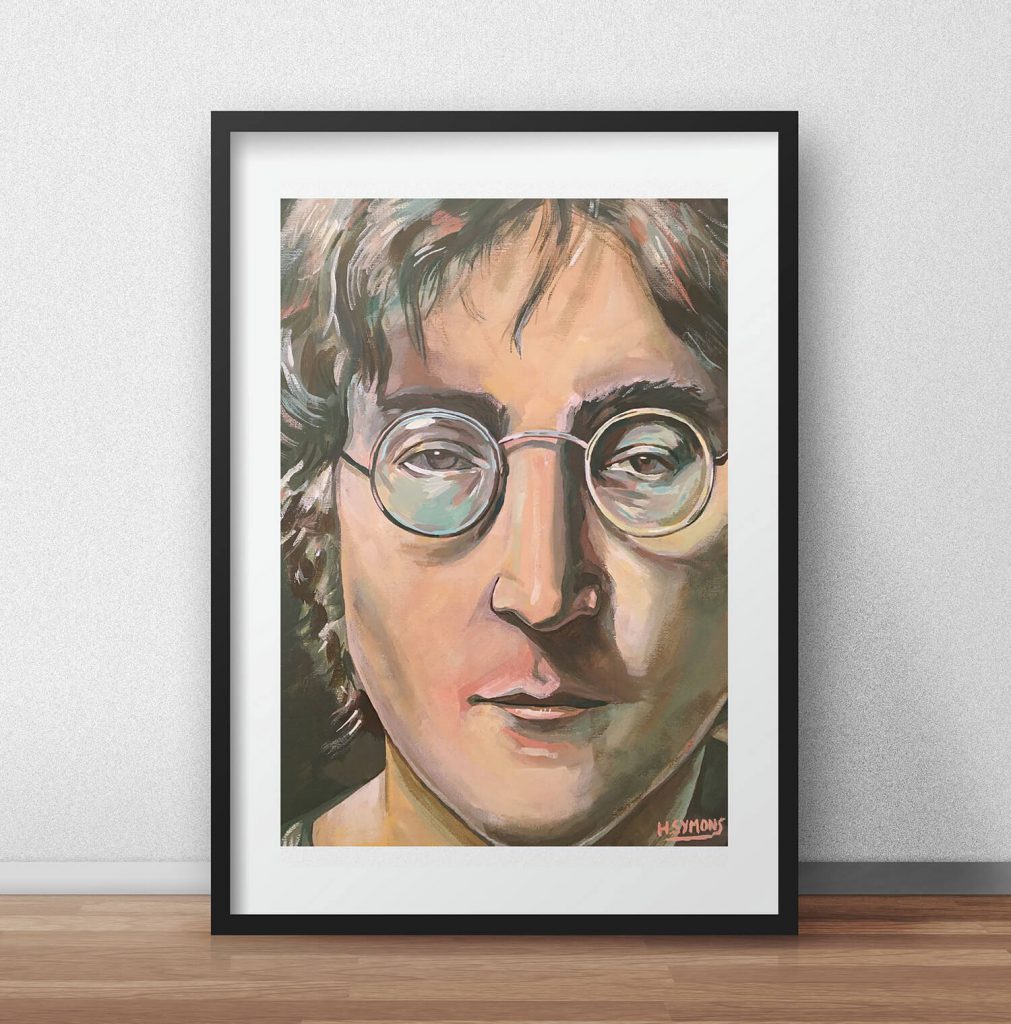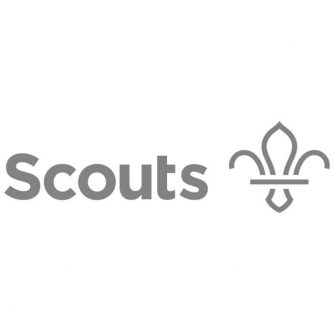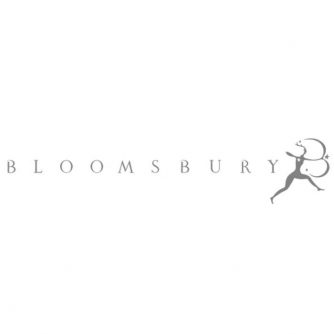Most drawing tips out there focus on getting you to draw things the ‘right’ way up – but what if I told you it’s not helping you improve your drawing skill?
In this article, I’m going to show you a simple exercise that trains your eye, sharpens your focus, and helps you see your references as they really are – not how you think they look.
We’re doing it in a unique way… by turning everything upside down.
It’s a strange one at first — but trust me, it works to help improve your drawing skill!
So here’s how it works: I’m going to draw a portrait completely upside down, and you can follow along at home using any reference image — portrait, still life, landscape, anything.
This technique helps break the drawing habit of ‘symbol drawing’, that’s when your brain overrides your observation with what it thinks an eye or nose or face should look like.
When we turn the reference and the drawing upside down, we trick the brain into focusing purely on shapes, angles, and relationships — not symbols.
It forces you to draw what you see, not what you think you see.
This is crucial within any drawing, especially observational, imaginative or portrait drawing.
Materials and Setup
I’m using a pen today — and I recommend you do the same.
Why? Because pen forces you to commit.
No erasing, no second-guessing — just lines. It builds confidence in your mark-making, and you start trusting yourself more.
Grab a pen, your sketchbook, and flip your reference image upside down. if you’re getting stuck, give the video at the top of this post a watch, and pause the video and set it up now if you’re drawing along.
And here’s one important tip: don’t be tempted to flip your image halfway through.
Stick with it upside down the whole way. That’s where the real learning happens.
Talking Through The Process
I always start by blocking in the big shapes first.
Even upside down, I’m thinking about how the hairline relates to the forehead, the nose to the eyes, and so on.
Notice how, when you’re not seeing a “face” anymore, you just draw what’s there — a shape, a shadow, a line.

This is what makes this exercise so powerful.
I use this approach in my own drawings all the time.
Even when I draw right-side up, I regularly flip my work upside down or sideways to spot mistakes, realign proportions, and check my shapes with fresh eyes.
Additional Insights – How To Do It Better
As you start drawing upside down, take your time.
Focus on one section at a time. Don’t worry about getting everything perfect — the goal is to train your eye to see accurately.
This method is brilliant for beginners.

It cuts out the distractions that come from trying to make your drawing look like a face or an object. Instead, you’re training your brain to process lines and angles, without getting caught up in expectations.
Over time, you’ll find this helps improve your drawing skill — especially your proportions, negative space awareness, and shape relationships.
That carries through to all your drawing, whether you’re drawing portraits, figures, still life or even thumbnails for composition planning.
Keep going!
This exercise also helps you stop overthinking. If you’re someone who gets stuck trying to “fix” lines constantly, drawing upside down simplifies things.
It removes pressure and keeps you present in the moment, focusing on the actual drawing process rather than perfection.

Using pen helps too — you start to draw with more intention.
Even the “mistakes” become useful because they reveal how your hand moves and how your eye is interpreting the shapes.
You’ll be surprised how often a line you were unsure of turns out to be exactly where it should be.
That only happens when you trust the process and resist the urge to constantly tweak or rub out.
Final Tips for Success
Don’t rush.
Trust yourself.
Stay upside down the entire time — no peeking!
When you’re finished, that’s when the fun part comes…
The Big Reveal – Flip It and See
Alright — I’ve finished my upside-down drawing, and now it’s time for the reveal.

Let’s flip it right-side up…
Not bad! It’s actually pretty accurate — a few mistakes here and there, but that just shows how valuable this technique really is.
You’re forced to see in a different way, and that change in perspective reveals just how much you can train your eye with simple, low-pressure practice like this.
Comment Below & Read More Articles…!
Let me know in the comments — have you ever tried drawing upside down before? And if you did it today, how did yours turn out? I’d love to hear how you found it.
I hope it helped you realise just how powerful this technique is to improve your drawing skill!
If you liked this challenge, check out this video where I draw a full portrait from start to finish — you’ll see how I apply a lot of the same observation principles in a finished piece.
Want to put this technique into action?
Check out my drawing exercises on YouTube — perfect for building skill and confidence.
Looking to level up even further?
Watch my master studies video to see how pros sharpen their drawing skills.
Curious about colour theory?
Explore What Are Analogous Colours? and learn how to use them effectively in your art.
See how I apply these techniques in real life
Read my latest sketchbook update — full of fresh ideas, experiments, and progress.
Struggling with perspective?
Don’t miss How To Create Point Perspective: The Complete Perspective Guide — a must-read for nailing depth in your drawings.
Many thanks for listening and visiting my blog today. You can follow what I’m up to on my Twitter, Facebook, or Instagram pages, I’ll really appreciate it if you do, and don’t be afraid to say hi to me! Many thanks again, and have a great day!
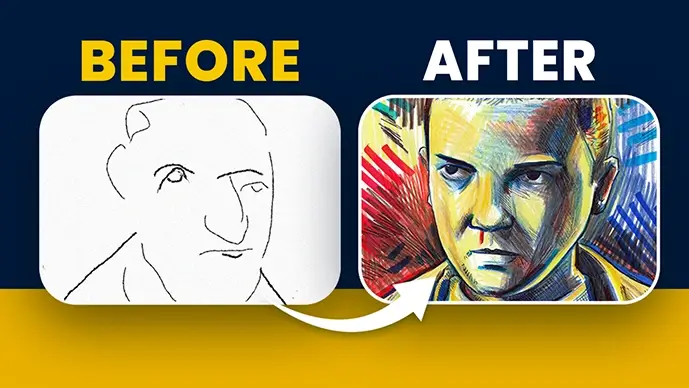
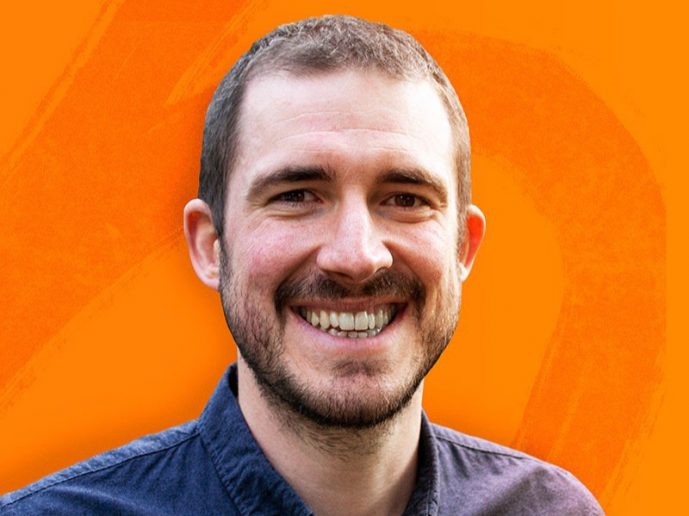 12th June 2025
12th June 2025
